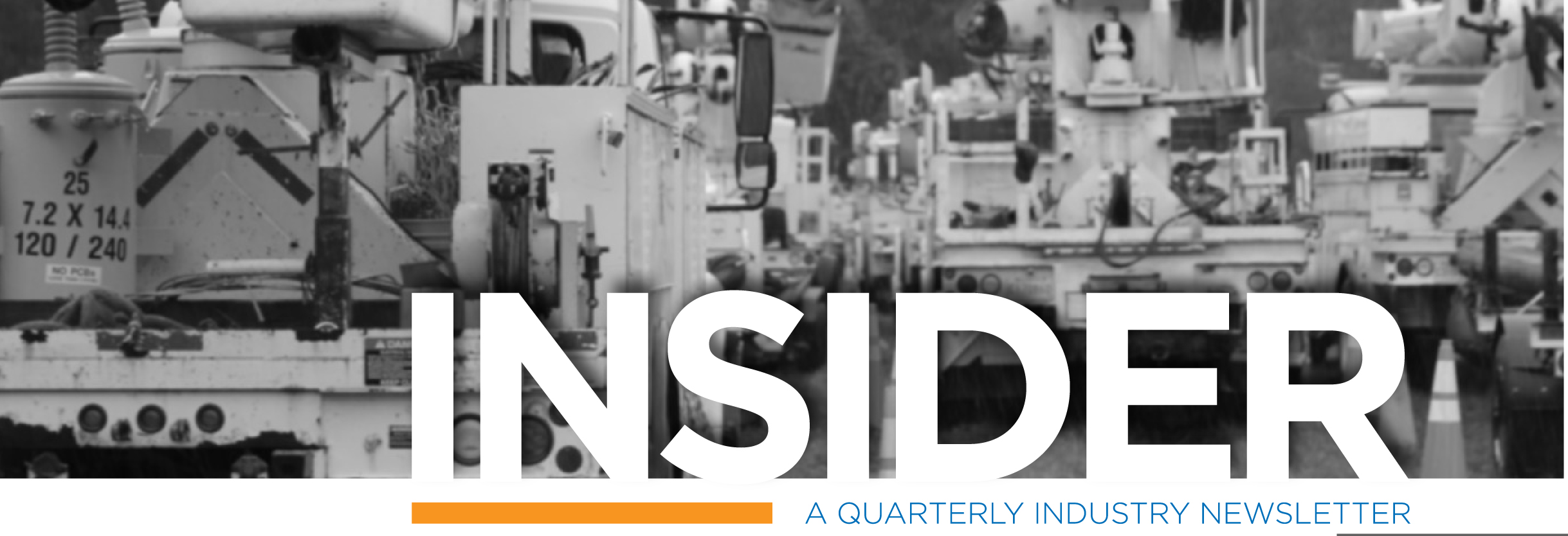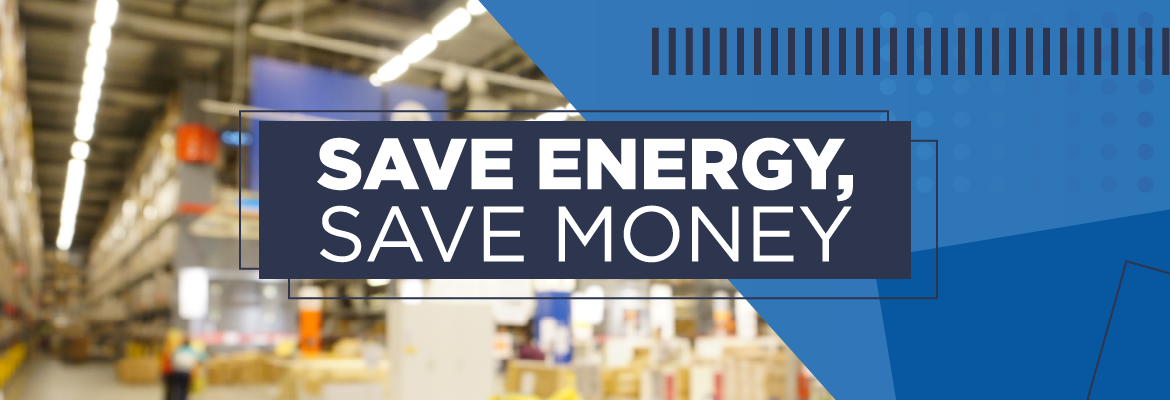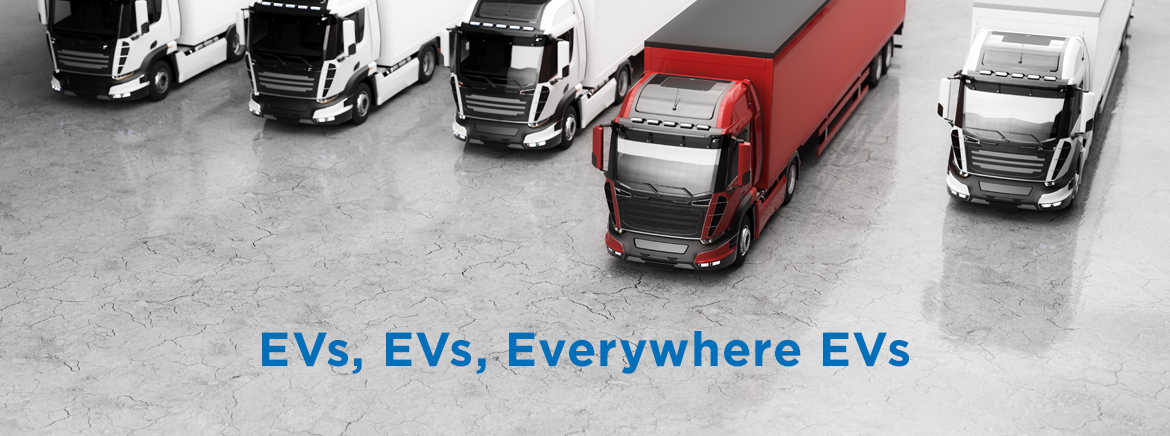Energy Insider – 1st Quarter 2022
In previous editions of the SECO Energy Insider, we reviewed energy-saving measures on large loads within your facilities. In this edition, we expand on that. You can identify other potential cost savings by taking a quick look around your facilities. These quick fixes could include powering down idle equipment which is needlessly running for extended periods. Look at plug loads such as computers, printers, faxes, water coolers, coffee pots – turn these devices off after office hours. The use of smart power strips can sense devices that are in the off mode and cut all power to the ancillary devices that are plugged into them. Occupancy sensors and timers can save nearly 50% of annual electricity costs to operate vending machines.
Additional active measures for energy savings are to turn out lights when not in use or to install occupancy sensors or timers to automate lighting systems. On heating, ventilation and air conditioning (HVAC) systems, you should use programmable thermostats to preset cooling/heating over weekends, holidays and other predicted times the facilities are not occupied for business. Change the HVAC air filters every one to three months or more often if you experience large particulate matter in your environment.
Other overlooked items in your facility can benefit greatly from regular maintenance and cleaning which will also enhance energy savings. Motors should also be checked for adequate ventilation and cleanliness with proper lubrication to enhance longevity. Inspect exhaust fan bearings and belts for cleanliness at least once a year to maintain optimum efficiency. Changing the fan belt from a classic V belt to a notched belt will help save energy. Proper fan belt tension is needed as well for maximum efficiency while in operation. Inspect air-compressed systems regularly by checking hoses, valves and pipes for leaks. A poorly maintained system can waste between 25 and 35% of its air due to leaks alone. Leaks cause lower pressure at the point of use and operators compensate with higher pressure settings. Leaks alone can double the cost of compressed air systems. The use of timers can alleviate forgetting to shut off the compressor over the weekend.
Preventative maintenance checks and services can be accomplished on a daily, weekly or monthly basis by providing a detailed checklist for your employees. This will alleviate unplanned downtime and reduce unforeseen equipment failure. During an inflationary period, it is important to save on all input costs which could squeeze your budget and will also help to tighten operational costs by using the realized energy savings in other areas. In today’s economy, every penny counts.
![]()

JEFF LIGHT
Manager of Key Accounts & Revenue Programs
OFFICE: (352) 569-9787
CELL: (352) 250-2863
jeff.light@secoenergy.com
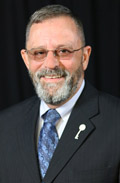
HANK BOLDUC
Key Accounts Consultant
OFFICE: (352) 569-9789
CELL: (352) 303-3546
hank.bolduc@secoenergy.com
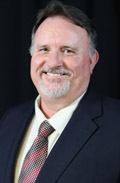
RYON MEYERS
Key Accounts Consultant
OFFICE: (352) 569-9781
CELL: (352) 636-9593
ryon.meyers@secoenergy.com

DUSTIN MERRITT
Key Accounts Consultant
OFFICE: (352) 569-9782
CELL: (352) 303-3183
dustin.merritt@secoenergy.com



